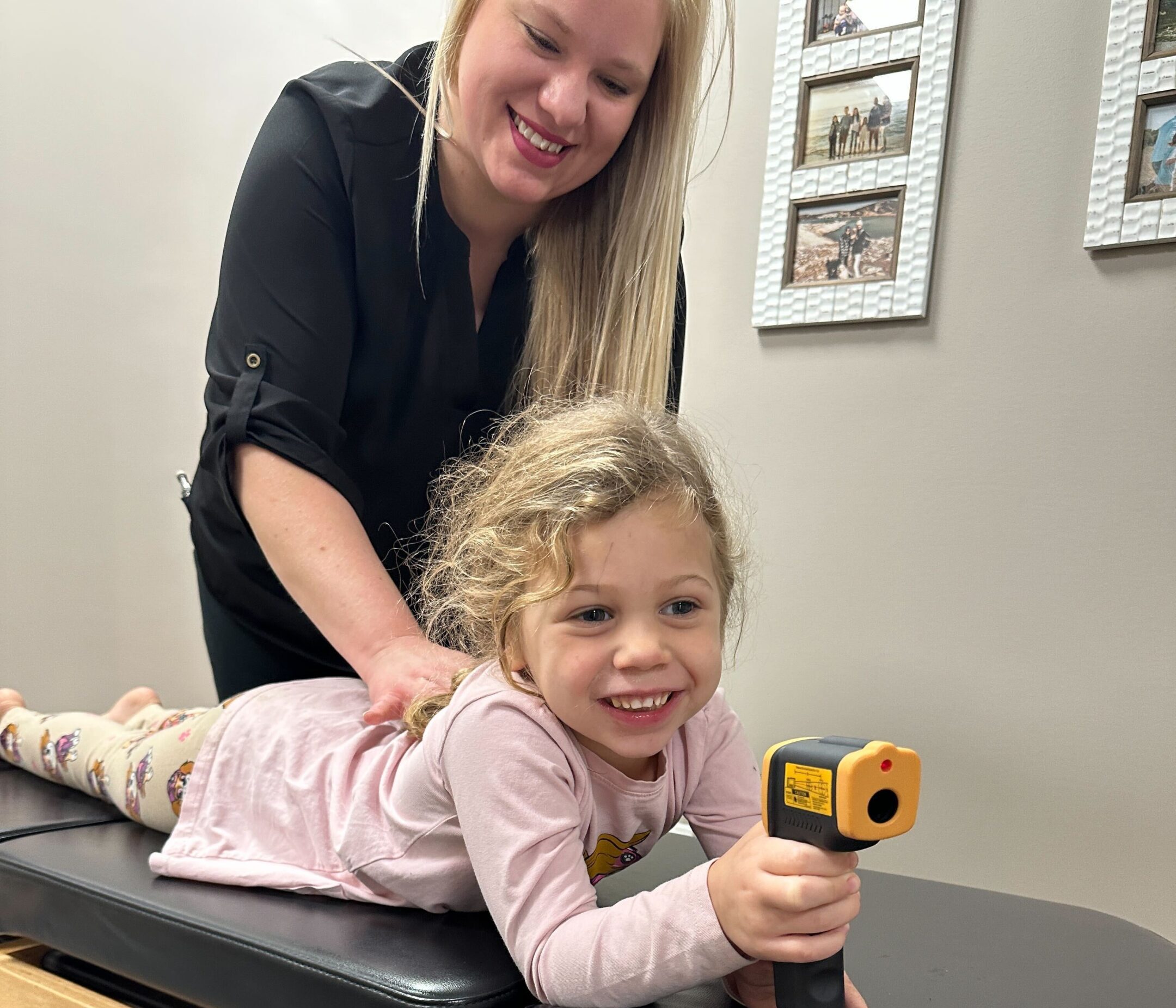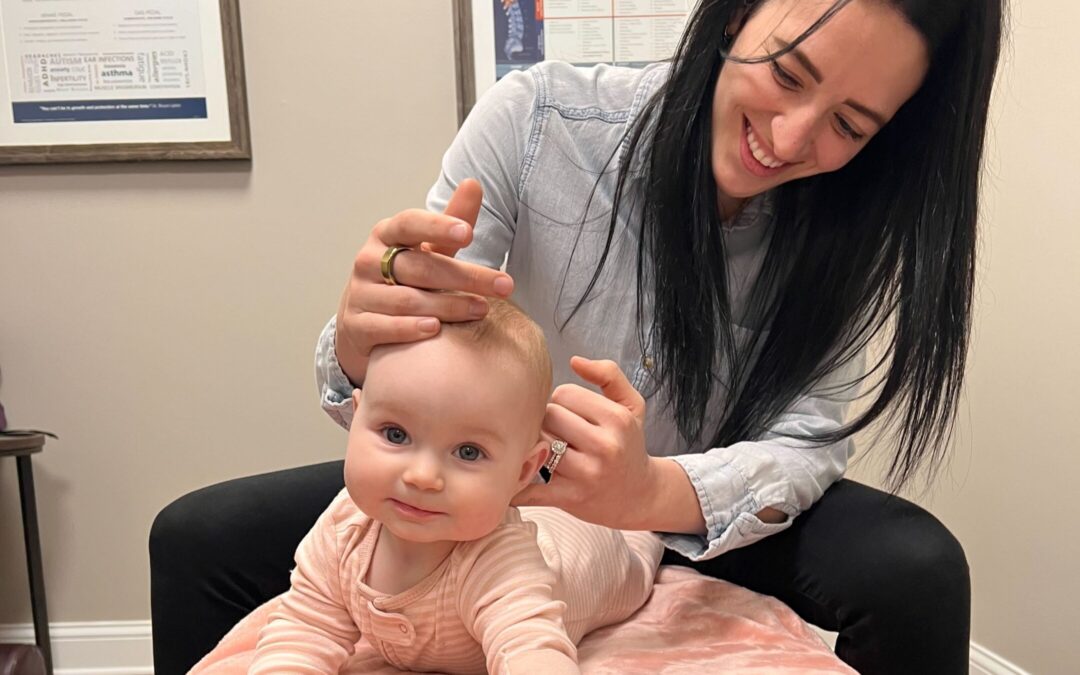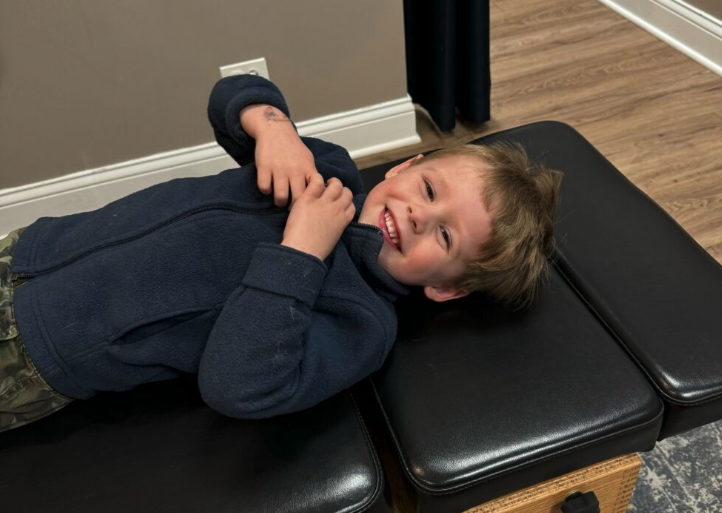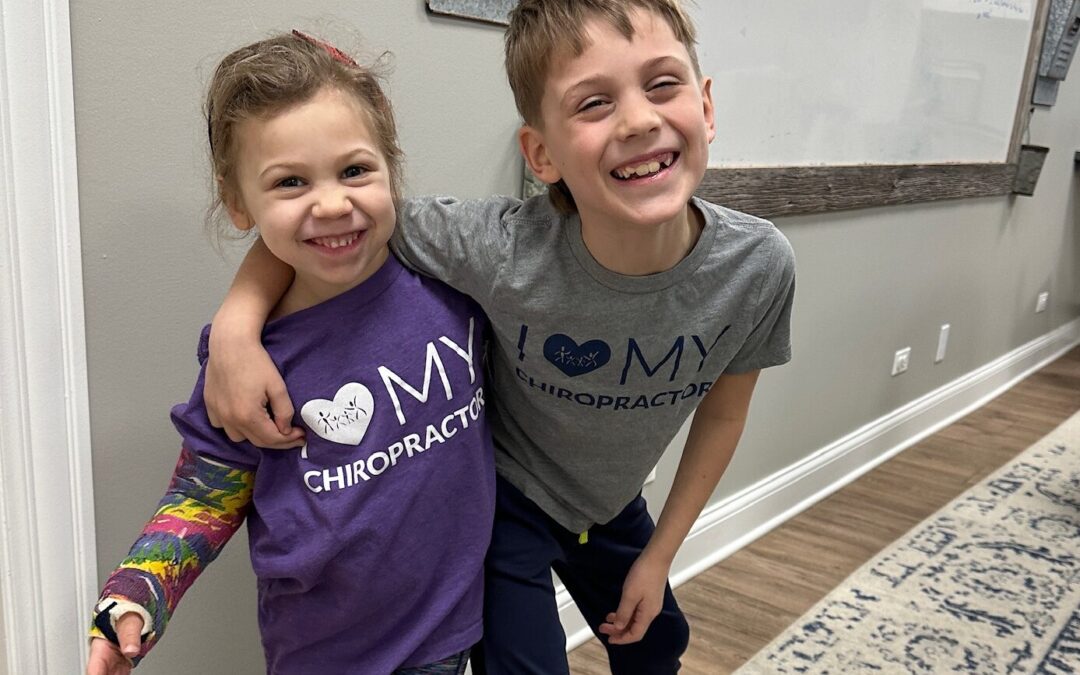For most children, learning to interact with the world comes naturally. They eagerly reach key milestones for communication, behavior, sensory processing, and motor skills around predictable ages. But for some kids, development doesn’t follow this smooth trajectory. Their symptoms lead to an Autism Spectrum Disorder autism (ASD) diagnosis.
When this happens, parents often face judgment, confusion, and questions about what the future will look like. Well-meaning friends and family offer platitudes like “all kids develop at their own pace.” Pediatricians say things will improve with age or dole out prescriptions instead of answers.
When Audrey was diagnosed with autism at age 4, every day was a struggle for her as well as for her parents. She particularly struggled daily with sensory overload, emotional regulation, and communication.
The family pursued speech, occupational, and behavioral therapies for years with minimal results. Audrey’s older sister began to resent her. Her parents felt defeated seeing their daughter struggle daily with no end in sight.
It wasn’t until discovering a local PX Doc that Audrey’s parents learned how Audrey’s nervous system dysfunction contributed to her challenges. Through Neurologically-Focused Chiropractic Care and nervous system regulation, Audrey began making developmental gains, such as increased attention span and reasoning ability. She still has support needs, but the future looks so much brighter.
Just like Audrey’s journey, levels of autism reflect differences in symptoms and support needs. Understanding the levels provides families and providers insight to match the right care approach to a child’s challenges. While a diagnosis brings relief from the unknown, it’s just the first step. Ongoing support through specialized care unlocks a child’s potential.
What is Autism Spectrum Disorder?
Autism spectrum disorder (ASD) is a complex neurodevelopmental condition characterized by challenges with social communication, restrictive/repetitive behaviors, and sensory processing differences. It affects about 1 in 36 children today.
Core symptoms of ASD include:
- Avoiding eye contact or facial expressions
- Delayed speech and language skills
- Difficulty relating to others or picking up on social interaction cues
- Excessive focus on specific topics or objects
- Repetitive physical behaviors like rocking or hand flapping
- Sensory hypersensitivities or unusual reactions to sensory input
- Resistance to changes in routine or environment
While all autistic individuals share similar traits, the severity and specific manifestation varies greatly. Autism exists on a spectrum, with support needs ranging from minimal to very substantial.
Some children and adults with autism with high support needs are nonverbal and require assistance with daily living. Others have high IQs and language abilities but need help navigating social nuances. Any combination of traits is possible. This diversity is why the levels framework is useful for providing personalized support.
What Are The 3 Levels of Autism Spectrum Disorder?
The Diagnostic and Statistical Manual (DSM-5) categorizes autism spectrum disorder into 3 levels based on the amount of support a person needs. Levels are assigned in two domains—social communication difficulties and restrictive/repetitive behaviors.
While autistic individuals share core traits, support needs vary greatly. Understanding a child’s challenges guides providers to deliver personalized care, education plans, and therapy. A child’s assigned level of autism may fluctuate over time as interventions facilitate growth in needed areas.
Level 1: Requiring Support
At this mildest level, now including what was formerly called Asperger’s Syndrome, individuals can speak fluently but may misread social cues and have trouble building friendships. They benefit from some support in daily life and social interactions.
Level 1 autism involves inflexibility around routines, difficulty multitasking, and emotional dysregulation when overwhelmed. However, independence is mostly maintained.
Level 2: Requiring Substantial Support
Level 2 indicates more pronounced distinctions in verbal and nonverbal communication. Speech may be delayed, limited, atypical, or absent. Individuals have more noticeable challenges in correctly interpreting, processing, and responding to social cues.
Repetitive behaviors are more frequent and distinct. Coping with disruptions in routine requires greater support. Educational plans deliver the curriculum at an appropriate level with accommodations as needed.
Level 3: Requiring Very Substantial Support
Those at level 3 have severe communication impairments such as apraxia of speech, both expressing themselves and comprehending others’ communication. Interaction with others is extremely limited and mainly to satisfy physical or emotional needs.
The inflexibility of behaviors and focus is pronounced, significantly limiting function in daily life. Individuals require very extensive education and therapy support. Communication devices and tools are essential for expression, learning, and growth.
Social Communication Differences Across Levels
Social communication, both expressing oneself and interpreting others’ cues, varies significantly across the three levels of autism.
At Level 1, conversational challenges may include:
- Difficulty initiating or maintaining back-and-forth dialogue
- Appearing disinterested in connecting with others
- Frequently misreading nonverbal cues like facial expressions and body language
Individuals need some coaching and support navigating nuanced social dynamics and unwritten conversational rules. Maintaining friendships long-term may be impacted but is possible with practice relating to neurotypical peers.
Level 2 distinctions may involve:
- Speaking in short phrases or sentences rather than fluent conversations
- Responding to others in socially atypical ways, like avoiding eye contact
- Relying heavily on discussing narrowly focused interests
More extensive support facilitates social communication at school, at home, and in the community. Social skills groups teach appropriate interaction strategies.
Finally, Level 3 indicates:
- Minimal initiation of communication with others
- Primarily interacting when physical or emotional needs must be met
- A preference for parallel play over direct peer engagement
- Significant challenges expressing oneself verbally
Augmentative communication aids and tools are essential for those at Level 3 to express wants, needs, and thoughts. One-on-one coaching guides appropriate social responses across various settings.
Behavioral and Developmental Differences
In addition to communication distinctions, common autistic behaviors and developmental milestones present differently across the disorder’s three levels.
Restricted interests and repetitive behaviors include:
Level 1:
- Need for structure and organization
- Difficulty with transitions and preferring sameness
- Noticeable sensory hyper- or hyposensitivities
Level 2:
- More frequent motor mannerisms like rocking or pacing
- Rigid adherence to routines causes distress if disrupted
- Very focused interests in specific narrow topics
Level 3:
- Repetitive physical movements that significantly interfere with function
- Extreme resistance to transitions and schedule changes
- Difficulty self-regulating without external supports
Developmental variances such as motor delays may involve:
Level 1:
- Slightly late reaching some physical milestones
- Minimal impact on overall daily living skills
Level 2:
- More pronounced delays in early motor skills like crawling or walking
- Ongoing challenges with coordination and strength
Level 3:
- Very substantial lags in gross and fine motor skills
- Persistent low muscle tone affecting mobility
Identifying differences in restricted/repetitive behaviors and motor skills helps match therapeutic interventions to the appropriate intensity level for an individual.
Causes and Contributors to Autism
While conventional medicine still focuses heavily on genetics as the primary cause of autism and categorizes it as more of a psychiatric disorder, we now have a large amount of research showing that exposure to stress and toxicity during critical or sensitive periods of a child’s development are what trigger developmental delays and neurological dysfunction that eventually lead to autism.
At PX Docs, we empower parents to see autism and other neurological disorders in children as a “Perfect Storm” that brews not because of a single factor but because of a sequential and progressive exposure to stressors and toxins early on in a child’s life and development.
As PX Docs, we’ve seen strong correlations between autism spectrum disorder and:
- High maternal stress during gestation
- Birth trauma from interventions like vacuum extraction or C-section
- Low birth weight and prematurity
- Excess antibiotic exposure early in life
These contribute to nervous system imbalance, known as subluxation and dysautonomia. When the vagus nerve is weakened and autonomic balance disrupted, digestive and immune functions suffer. Additionally, subluxation and this neurological tension negatively impact motor tone, coordination, and development and can lead to missed milestones and other issues. With the nervous system stuck in stress mode, symptoms of autism gradually emerge, and a child often regresses in their development rather than continuing to progress.
The earlier a child was exposed to stressors, and the more severe or significant they were, is often seen as a strong correlation between their level of autism severity later on in life.
Yet pediatricians continue dismissing parents’ concerns, citing “bad genes” alone. By addressing root causes like nervous system dysfunction versus just labeling behavioral symptoms, providers can make a real difference for autistic individuals.
The Importance of Early Intervention
While the conventional medical system takes a “wait and see” approach, early intervention is key with autism spectrum disorder. Identifying challenges and pursuing effective care before age 3 leads to the best outcomes.
Specialized, Neurologically-Focused Pediatric Chiropractic Care from PX Docs focuses on the root causes of symptoms right from the start. We perform detailed assessments of nervous system function and track progress with our neurological INSiGHT Scans and metrics.
Our Neuro-Tonal Adjustments address subluxation directly, stimulate the vagus nerve, and help regulate the nervous system. These adjustments seek to first release pent-up and stuck stress within the sympathetic nervous system and then facilitate neurological reorganization and restoration of optimal function so that the child can better sleep, heal, and develop.
While autism is commonly treated as an immutable, lifelong condition, true progress depends on addressing the underlying factors that caused it. For many children struggling with any level of autism, the true missing link to this early intervention schedule is Neurologically-Focused Chiropractic Care like that provided by our PX Docs Network.
Caring for Children at All Autism Levels
Too often, conventional medicine reduces autism to a label to be medicated or a condition to be adapted to. But at PX Docs, we approach each child as a whole person and customize care to meet their needs, regardless of where they fall on the spectrum.
For children at Levels 1 and 2, targeted chiropractic adjustments and nervous system stimulation strengthen communication between the brain and body. As the nervous system comes into balance, we see positive changes in social skills, behavior, cognition, and emotional regulation.
For those at Level 3, we advocate for access to communication support in addition to chiropractic care. Our focus remains on empowering each child to reach their fullest potential through nervous system-based solutions. Any child, at any level on the spectrum, can make progress with the right support.
Tracking Progress with Advanced Technology
A key part of the PX Docs approach is using advanced technology to track nervous system function over the course of care. Assessments like thermography, EMG, and HRV detect the presence of subluxation and dysautonomia.
We can then see progress as scans show improved vagus nerve function, reduced interference, balanced autonomic tone, and other positive nervous system changes. These “neuro-metrics” empower both the providers and parents by visually demonstrating their child’s development as care progresses.
While the mainstream narrative views autism as immutable, our scans and clinical experiences prove otherwise. With the right personalized care approach, tailored to their needs, children with any level of autism can make remarkable progress toward independence and an enhanced quality of life. Their autism does not inherently define them or their future.
Our PX Docs network has all the resources and valuable insights to help you get started on the journey toward improved nervous system function for your child. Visit our PX Docs directory today to find an office near you and unlock the potential of personalized care for your child.





